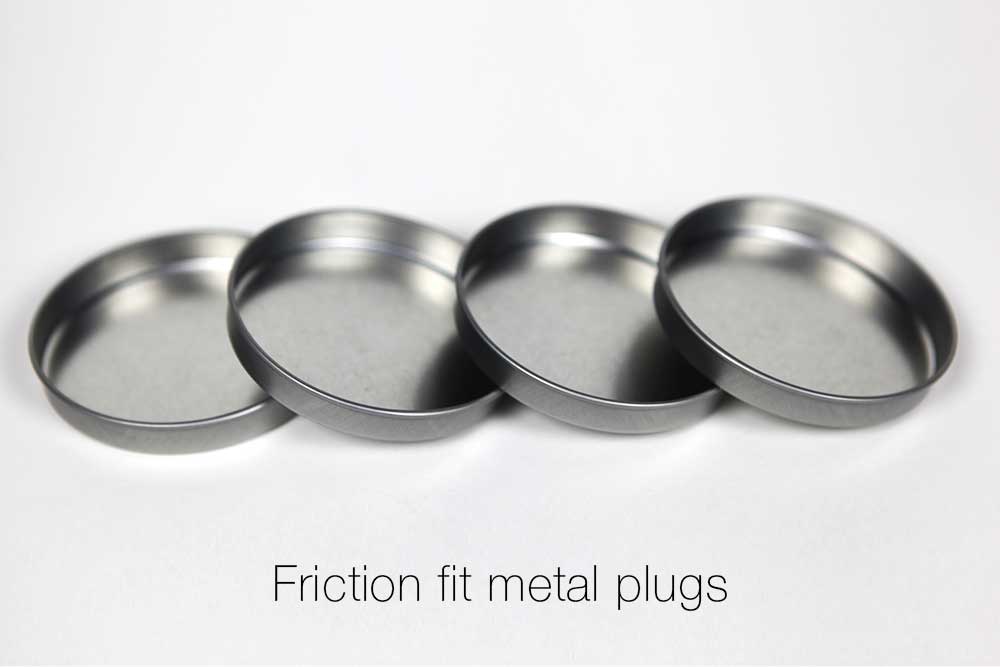I have an 6061 aluminum tube (1"OD x 0.058" wall) that requires an end cap on one end and a retaining ring on the other to keep parts inside. The tube is turned down to 25mm OD and anodized for use as a linear shaft. For the past while we've been having the end caps welded in place, then turning the tube to size. We would like to move away from welding for a couple different reasons.
The end cap is subject to axial loads of up to +/- 200 N, high vibrations, and an operating temperature range of -20° to 70°C. I'm trying to figure out if threading the tube and end cap is a suitable alternative. CNC single point threading is the preferred method of manufacture and they would be assembled with permanent thread locker.
Say I spec'd a thread with a minor diameter equal to the ID of the tube and a thread depth of ~1/3 the wall thickness. Is it sufficient to choose a thread engagement length that results in a thread shear area able to withstand the loads by some margin? How do I go about determining the effect of the cyclic loading on the threads? Is anodizing such a fine thread kosher, or should I mask off the threads before anodizing?
Thanks in advance for any help on the matter!
The end cap is subject to axial loads of up to +/- 200 N, high vibrations, and an operating temperature range of -20° to 70°C. I'm trying to figure out if threading the tube and end cap is a suitable alternative. CNC single point threading is the preferred method of manufacture and they would be assembled with permanent thread locker.
Say I spec'd a thread with a minor diameter equal to the ID of the tube and a thread depth of ~1/3 the wall thickness. Is it sufficient to choose a thread engagement length that results in a thread shear area able to withstand the loads by some margin? How do I go about determining the effect of the cyclic loading on the threads? Is anodizing such a fine thread kosher, or should I mask off the threads before anodizing?
Thanks in advance for any help on the matter!


